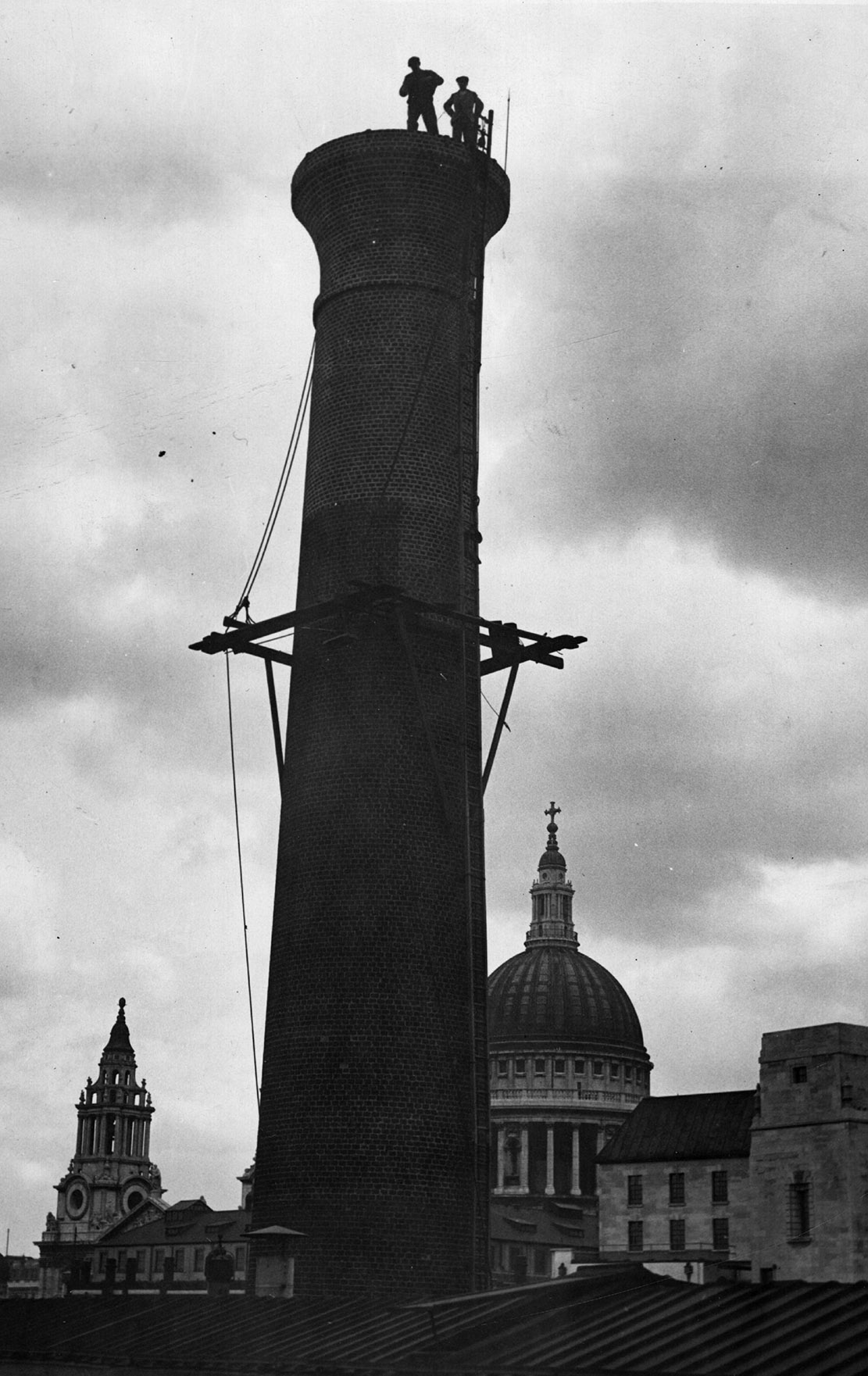Jason Goodwin: 'He thought his wife had punched him — but he was down the pub with a six-inch knife sticking out of his back'
A chance encounter in the unlikeliest of places leaves Jason Goodwin with a memory he'll surely never forget.

Scarcely a generation ago, South Korea was a military dictatorship, where impoverished workers disassembled the world’s abandoned shipping with their bare hands in return for a bowl of rice with pickled vegetables. Now, the Koreans export cars, household goods and high tech. Their music bands and acts — K-Pop — storm the globe. Their fashion rules the Far East. K-movies scoop Oscars and Baftas. Koreans coast along on abundantly available free wifi, mixing the ultra-modern with traditional tropes and styles, very cool and full of beans. Nobody these days is rude about their food.
I have just seen ‘Hallyu!’, the V&A Museum’s Korean exhibition, which tries to analyse the country’s extraordinary burgeoning cultural influence. You arrive to dozens of screens flashing up Gangnam Style, Psy’s catchy hit, watched a billion times on YouTube.
Gangnam is an upmarket district of Seoul. In the next room, a 1970s photograph of Gangnam shows a man ploughing with one ox, a few blocks of flats beyond. The speed of Korea’s transformation is bewildering, driven by the ppalli-ppalli (hurry-hurry) ethos: another photograph shows the high-rise city at night, all snaking rear lights and flashing neon. Somewhere in that Blade Runner landscape is a room belonging to the grandfather of a friend of ours.
He collects suseok, interesting stones; they belong to a Far East tradition of stone veneration. In Korea, they have to be completely natural, unshaped by any human artistry. I sometimes think of this elderly man, sitting quietly in his unmoored room, surrounded by shelves of these scholars’ stones, or viewing stones, that resemble clouds or mountains or shapes figured out of the imagination.

In the section of the show on Korea’s pulsating cinema industry, you can inspect a re-creation of the dreadful basement of the impoverished Kim clan, who feature in the Oscar-winning movie Parasite; as it happens, their upwardly mobile trajectory seems to be kick-started by the gift of a suseok, with which one of them will ultimately be battered to death. Behind a curtain, you can watch a short film about a wronged man wreaking vengeance on his enemies, using a hammer, and it is a balletic and highly stylised scene that unfolds across the wide screen. The hero is stabbed, but, in spite of having a knife handle protruding from his back, he manages to bounce up and defeat the bad guys.
I’d been watching this scene of choreographed mayhem for a few moments when the man next to me folded his arms: ‘Reminds me of an evening at our pub,’ he remarked. I assumed he was making a facetious joke about drunken brawling, but no.
‘Few years back, this bloke came in, just like this guy,’ he recalled, gesturing to the fight on screen. ‘Little guy, comes in, orders his pint. People laughing a bit, and he says, “What’s so funny?” “All right,” they said, “the handle, stuck to your coat. Very realistic.”’
Exquisite houses, the beauty of Nature, and how to get the most from your life, straight to your inbox.
The man chuckled. ‘He’s down the pub, with a blooming 6in knife sticking into him. He’d had a row with his wife and he thought she’d punched him on the back!’
It was not the encounter I’d expected and it has stuck with me.
It reminded me of an old seer I knew, one who might easily have made a collection of peculiar rocks if rock collecting had been an English tradition. The Last Days, he always said, would be terrible, attended by war and earthquake and hunger, by stunning overthrows and unexpected reverses. But you would, he supposed, meet the most interesting people.

Jason Goodwin: 'Kieth knew three men who died by falling — it would have been four if he and his mate hadn’t caught the fellow as he toppled from the oversail'
Jason Goodwin tells the tale of his friends Kieth and Maureen Cockroft: roofers, tilers, trailblazers and Hell's Angels.

Credit: Getty Images
Jason Goodwin: 'My friend was puzzled to discover me up a stepladder, cradling my airgun and scanning vegetable beds'
Jason Goodwin takes on the rats, and loses.

Jason Goodwin: 'The collie would come to the shed door for the smallest scrap of affection or touch. After a few months in the village we felt rather the same'
Our columnist Jason Goodwin on telepathic dogs, Pyrenean dialects and animal authors.